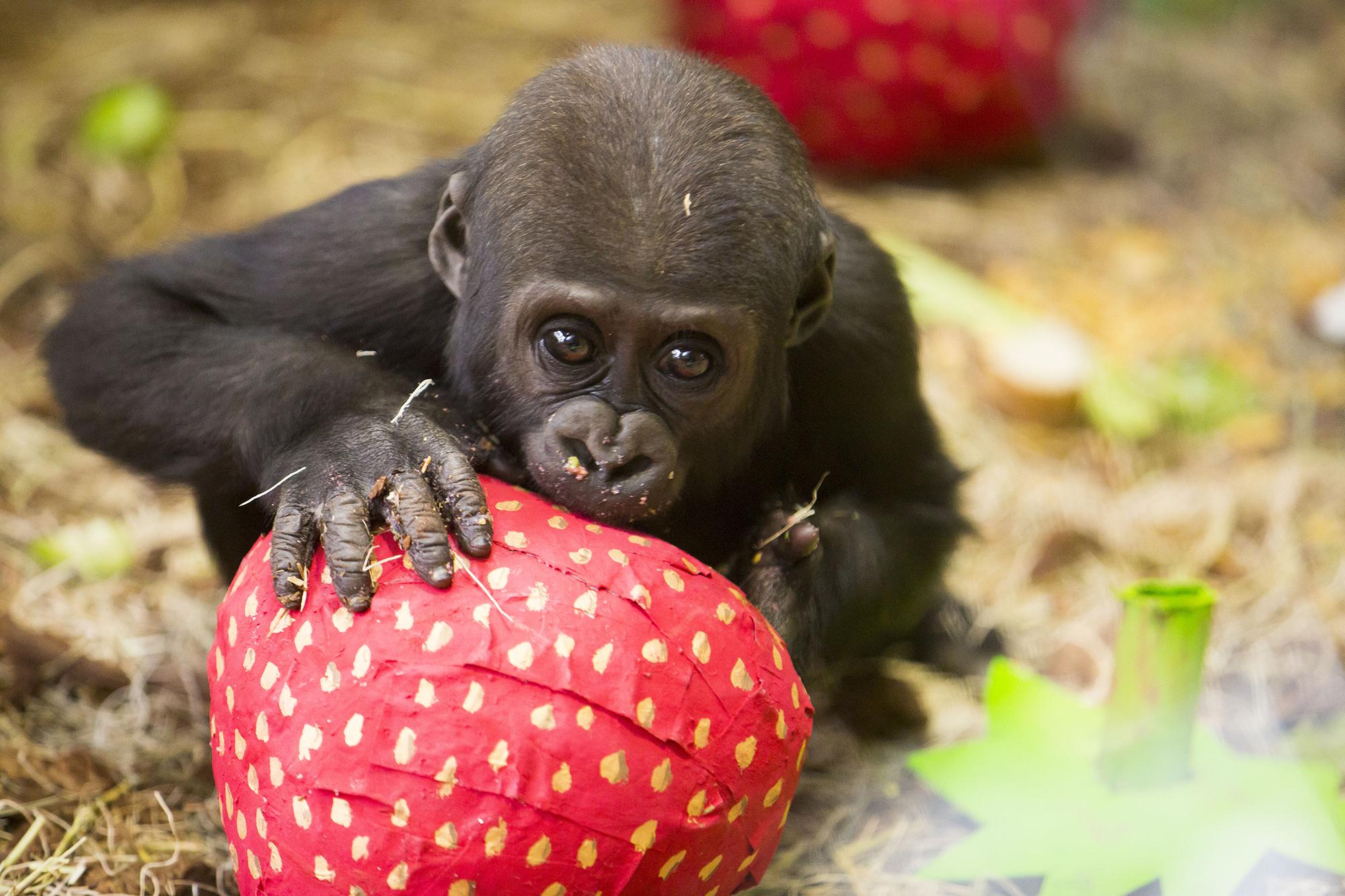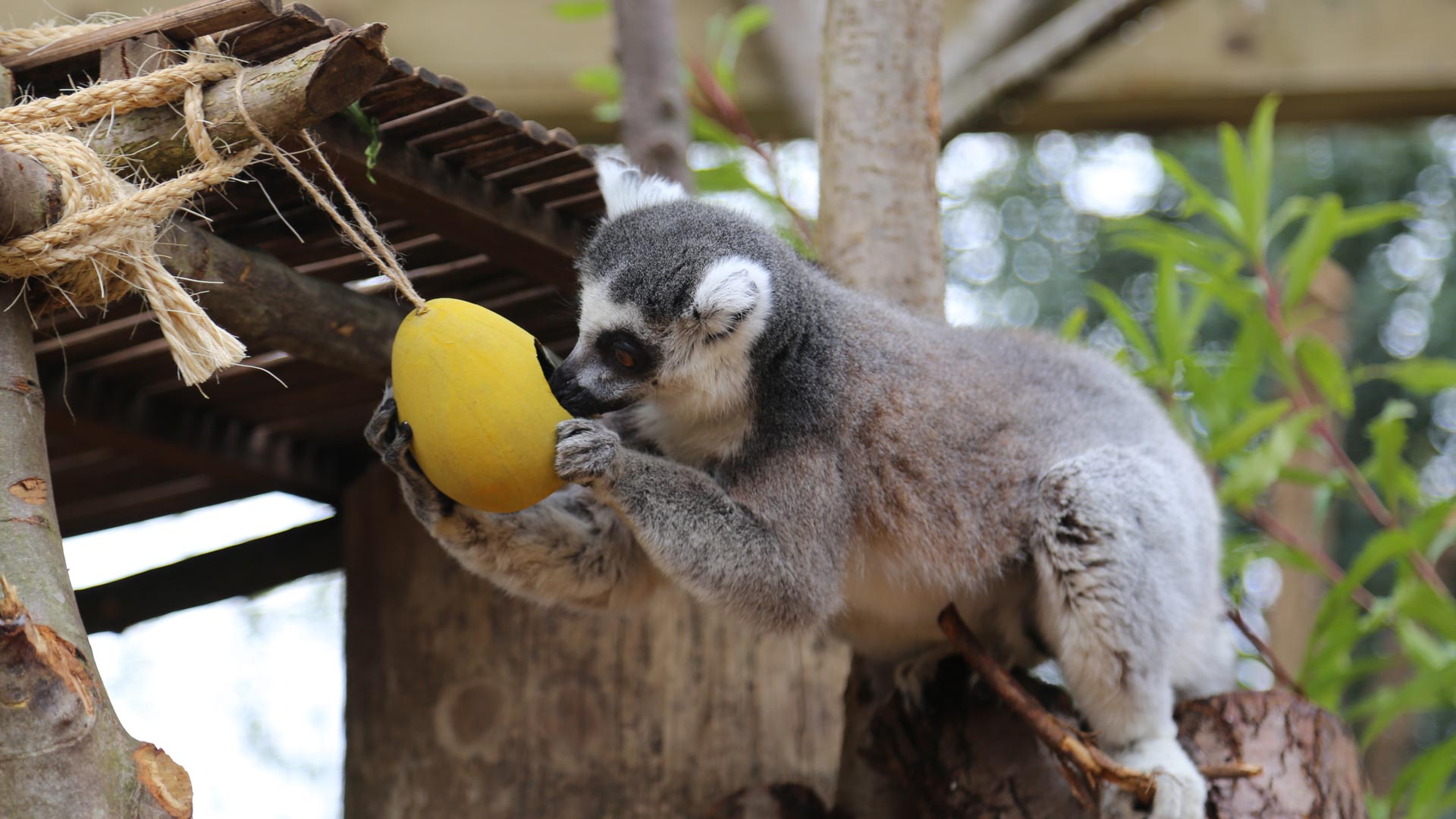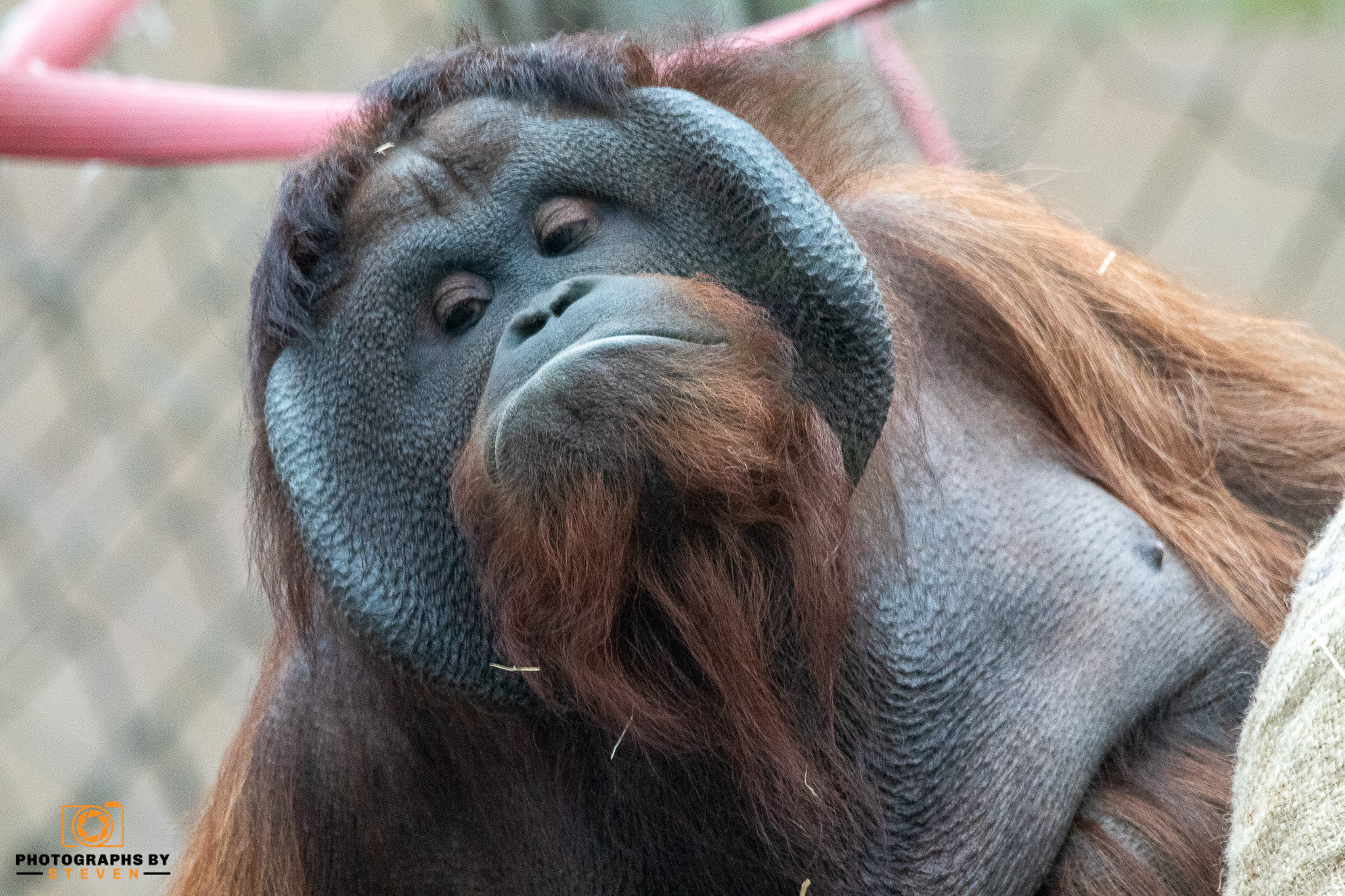Zoo animal enrichment is a critical aspect of animal care in zoos. It involves providing animals with activities, toys, and other stimuli that help to keep them mentally and physically engaged, and is an important part of ensuring the overall well-being of the animals.

There are many different types of enrichment that zoos can provide for their animals. Environmental enrichment involves making changes and enhancements to the animals' physical environment, such as adding new objects or structures, altering the layout of the exhibit, or providing natural elements like logs or rocks. This can help to stimulate the animals' natural behaviors and encourage them to explore and interact with their surroundings.
Behavioral enrichment involves providing the animals with opportunities to engage in activities that are natural to them, such as foraging, hunting, or playing. This can be achieved through the use of toys, puzzles, or other interactive objects that mimic the animals' natural behaviors. For example, a zoo might provide a lion with a toy stuffed with food that the lion has to figure out how to extract, simulating the hunting behavior that the lion would engage in in the wild.
Social enrichment involves providing the animals with opportunities to interact with others of their own species or with different species. This can be particularly important for social animals, as it allows them to express their natural social behaviors and build relationships. For example, a zoo might introduce a new animal to a group in order to provide social enrichment for the existing members of the group.
Cognitive enrichment involves activities that challenge the animals' problem-solving skills and mental abilities. This can be achieved through the use of puzzles, games, or other interactive objects that require the animals to think and learn. For example, a zoo might provide an ape with a puzzle that the ape has to figure out how to solve in order to receive a reward.

Enrichment is an ongoing process that requires careful planning and monitoring to ensure that the animals are receiving appropriate and effective stimulation. Zoo staff work closely with animal behaviorists and other experts to design and implement enrichment programs that are tailored to the needs and interests of each individual animal. They carefully observe the animals' reactions to different types of enrichment and make adjustments as needed in order to maximize the benefits of the program.
Providing enrichment is an important part of the overall care and well-being of zoo animals. It helps to keep the animals mentally and physically engaged and can improve their quality of life in captivity. By designing and implementing appropriate and varied enrichment programs, zoos can help to promote the natural behaviours and abilities of the animals under their care. This not only benefits the animals themselves, but also enhances the visitor experience by providing more engaging and interactive exhibits.



Leave me a comment
Thank you for reading my post, if you want to leave a comment, you can do so below.